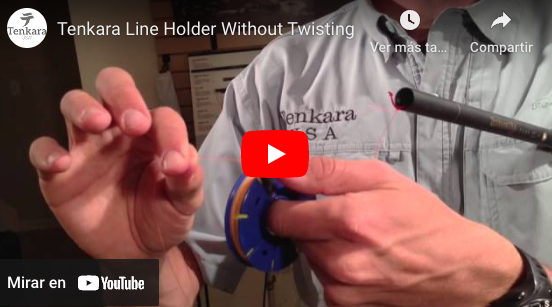Over the last several days we have held a company retreat here in Boulder. We decided to get our team together in person to discuss future strategy and product development. One of the goals of his time here was to create better line management solutions. We spent quite a bit of time analyzing options and how things worked and what things we wanted to solve. As we observed very closely how line holders are used, we came across some interesting insights. One of these insights was how one user was getting horrible line twisting, yet I (Daniel) never experienced line twisting problems at all when using the tenkara line holder. We asked ourselves why and started observing what was happening at every level of detail we could. Then it hit me that while the other user held the line between two fingers, I had been using my entire hand while winding the line. That was the only difference we could notice. And, it seemed that switching to using a whole hand actually helped with the line twisting problems some people may have.
I would like to hear your experiences with line holders and other line management systems. And, especially, I would really like to hear if you had problems with line twisting and were able to get rid of that by using the whole hand as I show in the video below.
Reducing twisting on a line holder
